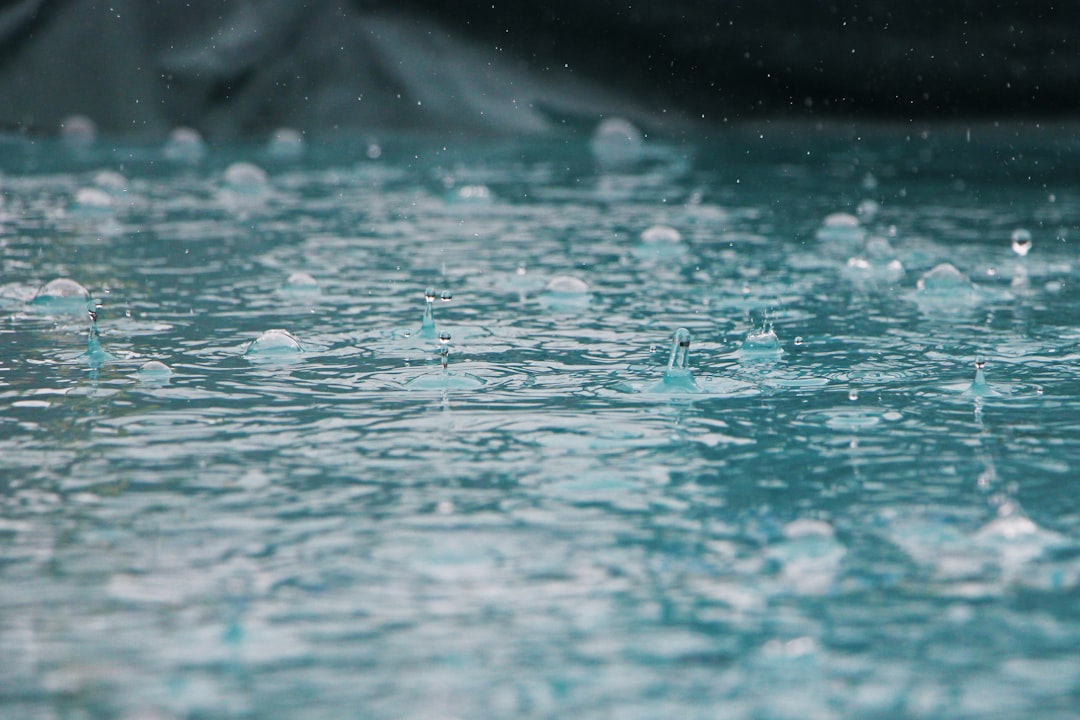Water conservation has been a priority for centuries, as civilizations have relied on creative methods to store, distribute, and preserve this vital resource. From ancient irrigation systems to modern water-saving technologies, both traditional and modern techniques offer valuable insights into managing water efficiently. Integrating these methods can provide sustainable solutions to address the growing challenges of water scarcity.
This blog explores how combining traditional wisdom with modern innovations can create effective water conservation strategies.
Traditional Water Conservation Techniques
Historical methods of water conservation are often tailored to the specific climates, terrains, and needs of local communities. These practices have stood the test of time, proving to be sustainable and efficient.
1. Rainwater Harvesting
-
Ancient civilizations, such as those in Mesopotamia and India, constructed tanks, ponds, and stepwells to collect and store rainwater.
-
This technique ensured water availability during dry seasons and is still widely practiced in many rural areas.
2. Qanats and Underground Canals
-
Originating in Persia, qanats are underground tunnels that channel groundwater to the surface using gravity.
-
These systems minimized evaporation in arid climates and supported agriculture and daily life.
3. Terrace Farming
-
Cultures in Asia and South America developed terrace farming to manage water runoff on sloped lands.
-
The stepped design slows water flow, allowing for better absorption and reducing soil erosion.
4. Check Dams and Bunds
-
Small dams and earthen embankments were built across streams to slow water flow, recharge groundwater, and irrigate crops.
-
These methods are still effective in controlling runoff and increasing soil moisture.
5. Traditional Mulching
-
Farmers in dry regions used straw, leaves, and other organic materials to cover the soil, reducing evaporation and preserving moisture.
Modern Water Conservation Techniques
With advances in technology, modern water conservation methods focus on precision and efficiency to optimize water use across industries, agriculture, and households.
1. Drip Irrigation
-
Delivers water directly to the roots of plants through a network of pipes and emitters, minimizing water waste.
-
Reduces evaporation and runoff, making it highly efficient for both small gardens and large-scale farming.
2. Smart Irrigation Systems
-
Uses sensors and real-time weather data to control water application based on soil moisture and plant needs.
-
Prevents overwatering and conserves resources.
3. Greywater Recycling
-
Involves treating and reusing wastewater from sinks, showers, and laundry for non-potable purposes, such as irrigation or flushing toilets.
-
Reduces dependency on freshwater sources.
4. Rainwater Harvesting Systems
-
Modern systems use advanced filtration and storage tanks to collect rainwater for household or agricultural use.
-
Incorporates automated distribution systems for convenience and efficiency.
5. Desalination Technology
-
Converts seawater into freshwater, providing an alternative source for areas facing severe water shortages.
-
Innovations in reverse osmosis and energy-efficient desalination are improving feasibility.
The Case for Integration
Integrating traditional and modern techniques combines the best of both worlds: the sustainability and cost-effectiveness of ancient methods with the precision and scalability of modern technology.
Benefits of Integration
-
Sustainability: Traditional methods often align with natural processes, while modern systems can optimize their efficiency.
-
Resilience: Combining techniques provides backup solutions in case one system fails.
-
Affordability: Traditional methods can reduce the costs associated with high-tech solutions.
-
Cultural Preservation: Incorporating traditional knowledge helps preserve cultural heritage and strengthens community ties.
Examples of Integrated Approaches
1. Modernizing Rainwater Harvesting
-
Ancient tanks and ponds can be upgraded with filtration systems and automated pumps for more efficient use.
-
Urban areas can install rooftop rainwater collection systems inspired by traditional methods.
2. Enhancing Qanats with Sensors
-
Sensors can monitor groundwater levels and detect blockages in qanats, ensuring continuous water flow.
-
Solar-powered pumps can supplement gravity-based systems during dry periods.
3. Combining Terrace Farming with Drip Irrigation
-
Drip irrigation systems can be integrated into traditional terraces to ensure precise water delivery and minimize waste.
4. Hybrid Check Dams
-
Traditional check dams can be reinforced with concrete and equipped with overflow gates to manage water levels during heavy rainfall.
5. Smart Mulching
-
Traditional organic mulching can be combined with water-retaining polymers and modern soil moisture sensors for enhanced water conservation.
Steps to Successfully Integrate Water Conservation Techniques
-
Assess Local Needs and Resources:
-
Evaluate water availability, soil conditions, and climate to choose the most appropriate techniques.
-
-
Engage Communities:
-
Involve local communities to share traditional knowledge and encourage participation in conservation efforts.
-
-
Incorporate Technology Gradually:
-
Start with small-scale implementations of modern technology to test effectiveness and scalability.
-
-
Educate and Train:
-
Provide training on using modern systems alongside traditional practices to ensure smooth integration.
-
-
Monitor and Adapt:
-
Regularly monitor water usage and conservation outcomes to refine strategies.
-
Conclusion
Integrating traditional and modern water conservation techniques offers a powerful way to address water scarcity in a sustainable and cost-effective manner. By respecting the wisdom of the past while embracing the innovations of the present, we can create resilient systems that support agriculture, communities, and ecosystems alike.
Call to Action:
Do you know of any traditional water conservation practices that could benefit from modern enhancements? Share your thoughts and experiences in the comments! Together, we can build a water-wise future.

Comments
No comments yet. Be the first to comment!
You must be logged in to comment. Login